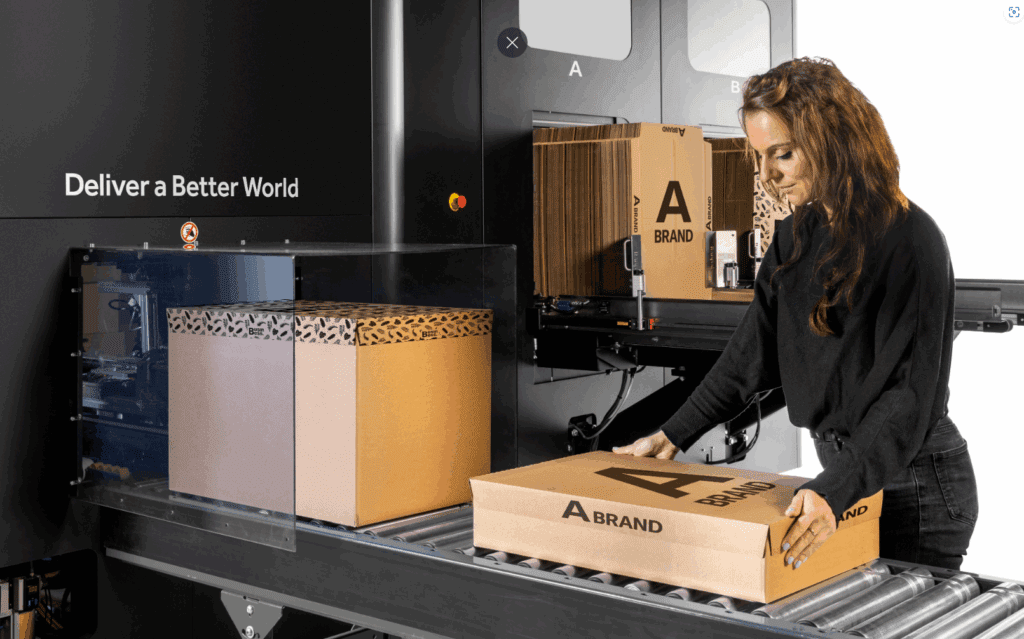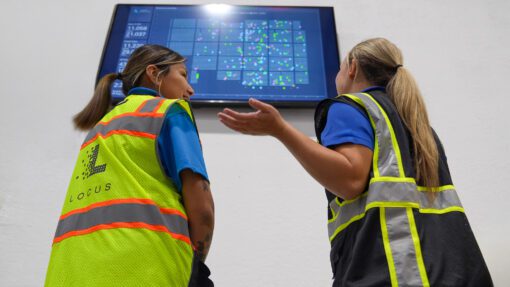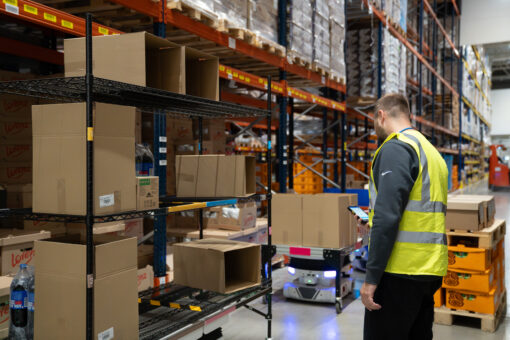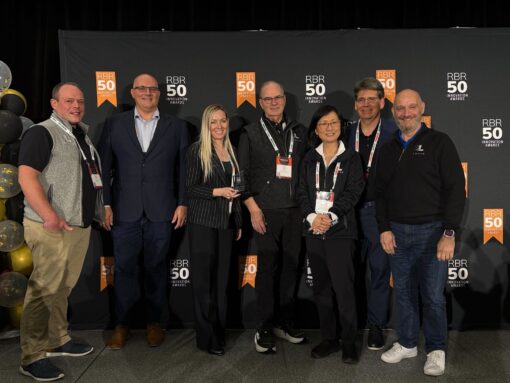WP: How to achieve 400 UPH with Locus Fast Pick
WP: How to achieve 400 UPH with Locus Fast Pick Download Now!
Why Smarter Packaging is the New Starting Point for Warehouse Automation
Mary Hart, Sr. Content Marketing Manager

What if your automation journey didn’t start with picking or sorting, but with packaging?
When people think about warehouse automation, packaging doesn’t always make the shortlist, but it should.
That’s the perspective Bryan Boatner brings to the table. As Global Managing Director of Automation at Ranpak, he sees packaging not as an afterthought, but as a strategic lever for efficiency, sustainability, and scalability. And in our latest episode of “Warehouse Automation Matters”, Boatner made a compelling case for why packaging deserves a central role in the automation conversation.
"When you start at the end of the process and make that as efficient as possible," Boatner explained, "the efficiencies you can gain upstream are really significant."
A New Standard for Smart Packaging Efficiency
From right-sized packaging that reduces filler and freight costs to machine vision systems that ensure consistent quality, Boatner shared how Ranpak helps warehouses not only operate more efficiently but also make measurable progress on sustainability goals. As one example, their Decision Tower technology uses real-time data to dispense the exact amount of recyclable paper fill per box, cutting packaging material waste by up to 35%.
These innovations address a key challenge for warehouse operators: how to reduce complexity while improving consistency. Traditional packaging processes rely on standardized box sizes and manual labor, which can lead to inefficient use of space, higher freight costs, and increased risk of damage. Ranpak’s automated solutions are designed to adapt to each order, creating a tailored fit that protects the product while minimizing materials and cost.
Labor Reallocation and Throughput Gains
The benefits of packaging automation go beyond the materials. Boatner pointed out that automating repetitive, end-of-line tasks improves throughput and frees up valuable labor to focus on higher-value areas like packing or equipment maintenance. In a labor-constrained industry, reallocating talent to roles that require human judgment and expertise rather than repetitive packing can significantly increase workforce productivity.
Modularity for a Changing Environment
Modular automation platforms let warehouses start with one system and expand as needed, without committing to a full transformation on day one. That kind of flexibility is critical in an environment where demand patterns and fulfillment strategies are constantly evolving.
"People who implement packaging automation often find it shines a light on other inefficiencies upstream,” shared Boatner. “It brings more clarity into where your next automation project should be."
The Catalyst Effect of End-of-Line Automation
The concept that end-of-line automation can serve as a catalyst for broader operational improvements is particularly relevant for warehouses managing a wide SKU mix. Variability in product dimensions, order sizes, and packaging requirements often makes upstream automation harder to implement effectively. But when the packaging process adapts dynamically to what's coming down the line, the system becomes more resilient as a whole.
Listen and Learn More about Smart Packaging
Listen to the full conversation to hear Boatner’s insights on:
- How right-sized packaging impacts labor, shipping costs, and emissions
- What KPIs to track when calculating ROI
- Why automation doesn’t need perfect data to perform well
Listen to the full episode of “Warehouse Automation Matters” here.




